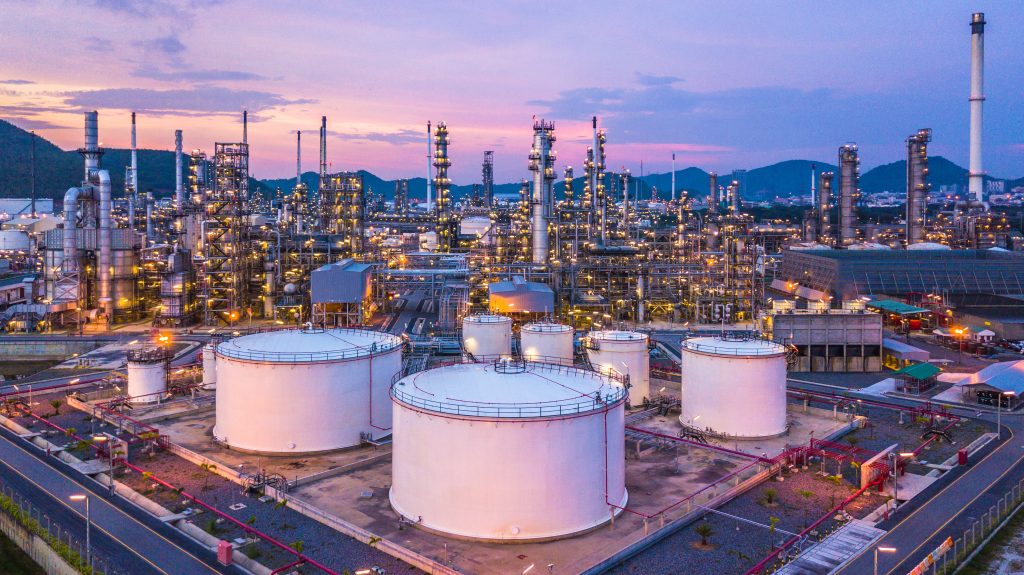In a remarkable shift, Saudi Arabia has announced a reversal in its plans to expand oil production capacity, attributing the decision to the ongoing global energy transition. The country has signaled that its current oil output capabilities are sufficient to stabilize the market if needed.
On January 30, the Saudi government instructed its state-run oil company, Aramco, to maintain its maximum sustained production capacity at 12 million barrels per day. This figure falls 1 million barrels per day short of the previously set target for 2027, unveiled back in 2020.
“We’re transitioning,” stated Prince Abdulaziz bin Salman, the Saudi Energy Minister, at the IPTC petroleum technology conference in Dhahran. He emphasized that Aramco would continue investing in various sectors, including oil, gas, petrochemicals, and renewable energy sources.
The kingdom has set ambitious environmental goals, aiming for net-zero emissions by 2060, with Aramco targeting the elimination of emissions from its operations by 2050.
Despite scaling back on expansion, Saudi Arabia maintains a substantial “cushion” of spare oil capacity, ready to deploy in the event of global supply disruptions due to conflicts or natural disasters. Aramco’s CEO, Amin Nasser, confirmed the company’s preparedness to augment capacity if the government mandates it, noting a current spare capacity of approximately 3 million barrels.
OPEC+, the coalition of oil-producing nations led by Saudi Arabia and Russia, has regulated the country’s oil output to about 3 million barrels per day below its maximum sustainable capacity. This regulation positions Saudi Arabia as the world’s largest holder of spare oil capacity.
Prince Abdulaziz expressed flexibility in adjusting production according to market needs. He also voiced criticism over the 2022 decision by the International Energy Agency to release oil from emergency reserves, questioning the lack of appreciation for Saudi Arabia’s role in maintaining emergency capacity.
Nasser projected an increase in oil demand to 104 million barrels per day in the current year and 105 million barrels per day by 2025. This outlook challenges theories that suggest an imminent peak in oil demand, especially considering that last year’s demand exceeded 102 million barrels per day according to OPEC data.
Regarding the potential further offering of Aramco shares, Nasser indicated that such a decision would rest with the shareholders. The Saudi state currently holds a commanding 90.19% stake in Aramco, with additional holdings by the kingdom’s Public Investment Fund and its subsidiary Sanabil.
